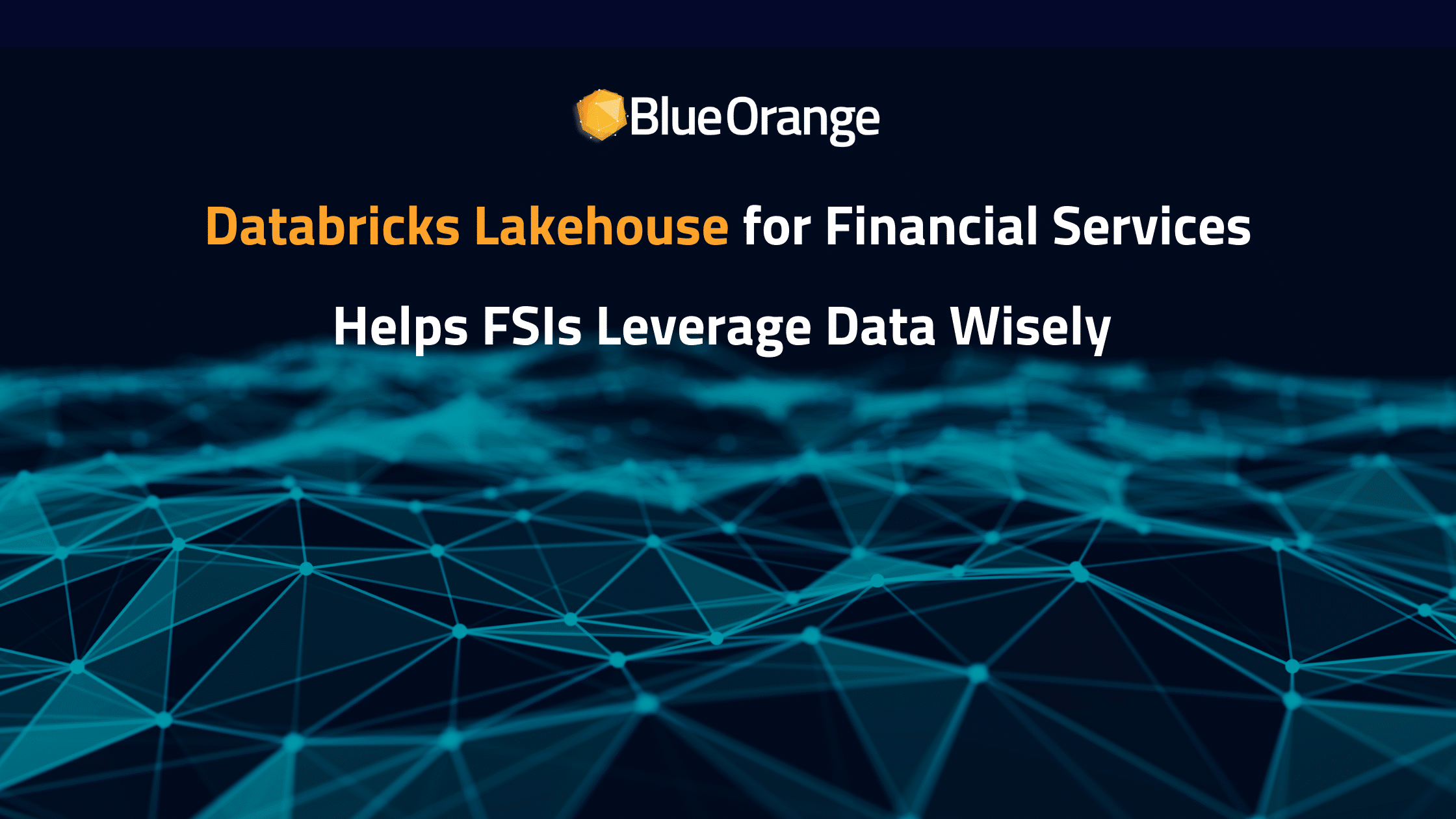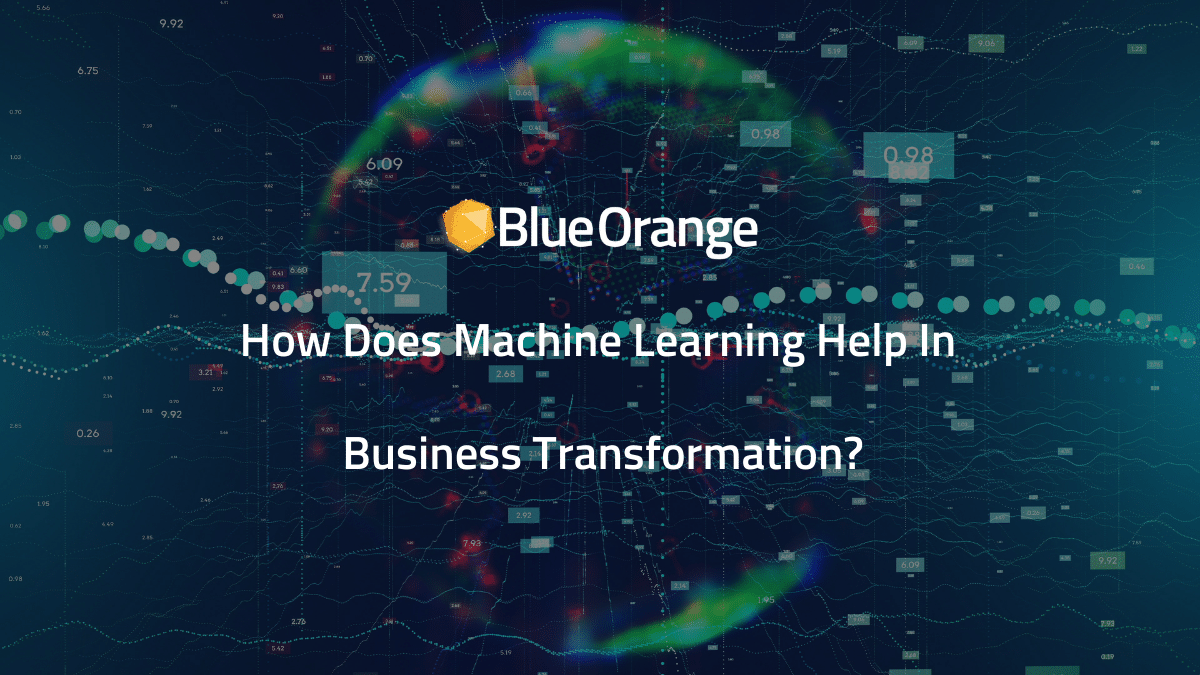Winning more bank customers in 2020 and beyond is only going to get more complicated. Advertising on major platforms like Google and Facebook for financial services like insurance is already high. In 2019, the average cost per click for finance and insurance was $3.44 in Google Ads according to Wordstream. If you convert 1% of clicks to customers, your customer acquisition cost is probably above $300. Few industries face higher costs to acquire customers than financial services.
Based on our experience in digital marketing, cost per click and related marketing metrics are likely to increase. Outside of market forces, bank regulators are applying more restrictions on bank sales practices. This means you need to find more ways to attract customers who want to do business with you.
Case Study: How A Fortune 500 Bank Increased Marketing Effectiveness
You might think that you have to create a brand new strategy, experiment with new methods, or try something else untested to win today’s financial customer. There’s a place for marketing experimentation. However, optimizing your existing strategy with data is a much safer way to acquire more customers right now.
In our work with a Fortune 500 bank, we helped them build a data strategy focused on acquiring bank customers. By using advanced techniques like the Multi-Armed Bandit, we optimized the bank’s pay per click (PPC) marketing. That means they can stretch each marketing dollar farther. You might offer different financial products; however, you can still use a data-driven customer acquisition strategy. For details, read our case study: Marketing Optimization for Fortune 500 Bank.
Three Ways To Acquire More Bank Customers Using Data
From our work with financial firms, we have identified a few strategies that reliably boost customer acquisition. Instead of increasing marketing spend and hoping for the best, these strategies reduce customer acquisition guesswork.
1) Identify The Most Profitable Segments In Your Customer Base So You Can Get More Of Them
You probably already have a defined customer profile or avatar. However, these profiles tend to be general and demographics (e.g., the residential mortgage target market are couples with a household income over $100,000). With a data strategy, we can go far deeper to identify additional segments. For example, you might find that your bank is acquiring new immigrant customers at a much lower cost than other demographics. Alternatively, you may find that your sales staff perform best at selling credit cards when they offer sign up incentives worth over $100. Finding these segments manually would require a heroic amount of analysis. Using modern machine learning algorithms, you can find highly profitable customer niches more quickly.
Tip: You can also leverage the data capabilities of Google to find more customers. For example, use Google Ad’s “In-Market Audiences” capability to identify customers actively looking for loans. By focusing your marketing on customers who have demonstrated a high degree of interest
2) Increase The Relevance of Cross-Selling
In financial services, there are dozens of products you can offer to a customer. Done right, you can cross-sell a customer with checking accounts into higher-margin products like lines of credit. On the other hand, if you are too aggressive or make the wrong offer and your customer may become angry.
A data strategy helps you to refine your selling strategy by mapping the customer journey. For example, let’s say your bank is focused on selling four products: checking accounts, credit cards, mortgages, and student loans. Instead of offering all products to all prospects and hoping for the best, you can use data to plot a logical sequence of offers. For example, start by providing a credit card with a low limit to customers under age 25. After that product has been used for 12 months, follow up to offer a checking account to increase customer loyalty.
Tip: Experiment with your fee structure to improve bank customer retention. According to research reported in Banking Journal, “45% of millennials cited high fees as their main reason for switching banks” in 2018.
3) Increase Marketing Speed To Acquire More Customers
Acquiring new customers in banking requires an experimental mindset. You never know which will resonate, at which time. Traditional marketing requires weeks or months of preparation to develop new offers and incentives. In turn, that means that you will only be able to offer a handful of modern marketing offers each year. With a data-driven strategy, you can increase the speed and accuracy of marketing measurements. That matters because it lets you detect problems quickly so that you can move resources to your winners as soon as you find them.
Take Action To Acquire More Customers
Changing customer attitudes toward fees, demand for rewards, and higher expectations for customer service are just a few of the factors impacting the financial industry. To keep up with changing customer preferences, you need a marketing and sales system that can pivot quickly. Building a data-driven customer acquisition strategy using statistical models, historical data and machine learning is the best way to go. Contact Blue Orange Digital today to discuss ways to acquire more customers without exceeding your marketing budget.











